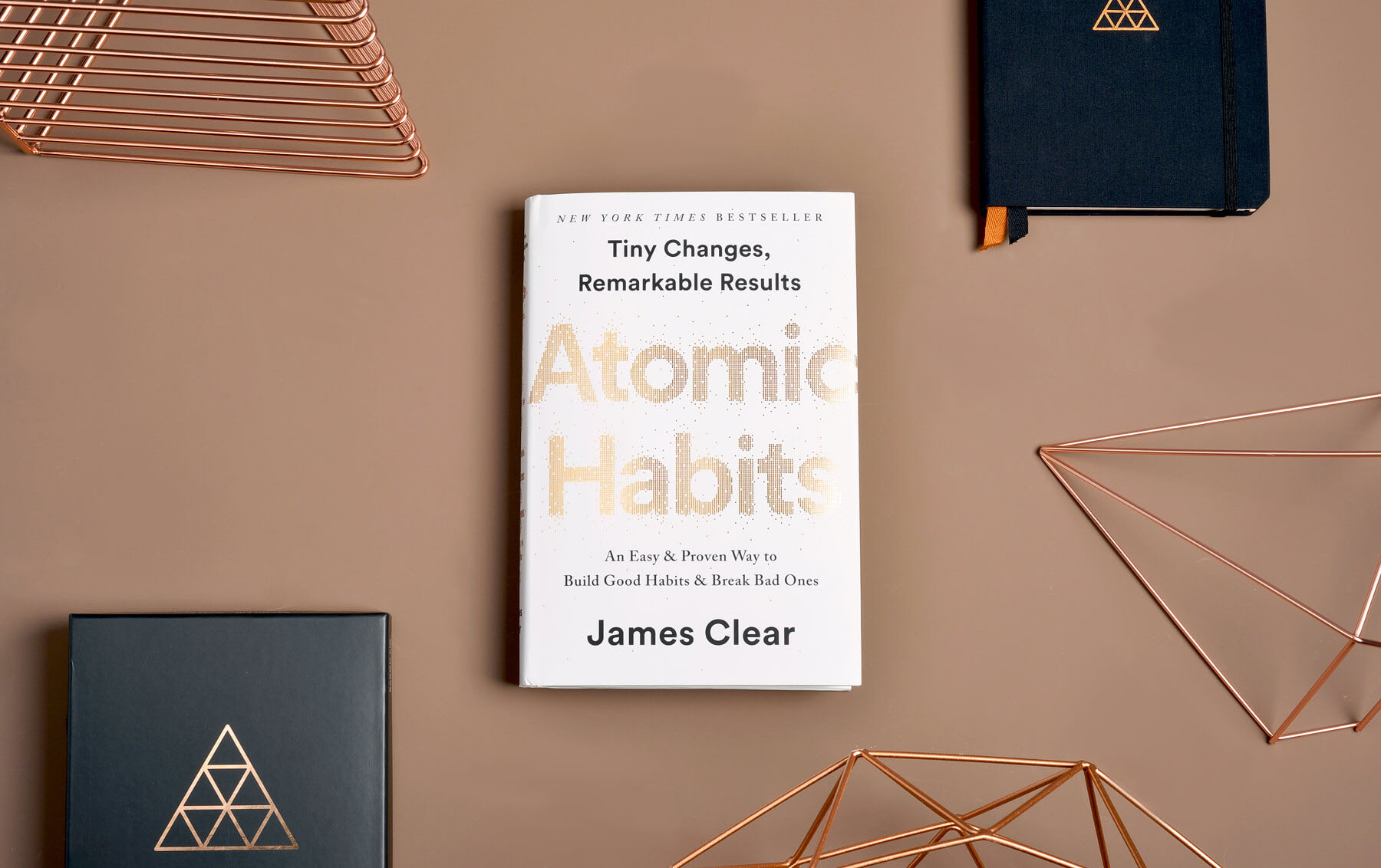Review and summary of Atomic Habits by James Clear
Welcome to the Working Moms Book Club for “Atomic Habits” by James Clear. This is a summary, TL;DR, Cliffsnotes…whatever you want to call books that are worth a read, but you don’t have enough time to as a working mama!
I’m a huge fan of using Audible for productivity reads when I’m traveling for work or when I’m headed to pick up my kids from school. Atomic Habits by James Clear which was one of the best habit building books I’ve read lately. Clear delves into the science of habits and provides practical advice on how to build and maintain positive habits while breaking bad ones.

Introduction: The Power of Atomic Habits
“Atomic Habits” begins by highlighting the central premise: small, incremental changes, or atomic habits, have the power to lead to significant transformations in one’s life. The author, James Clear, argues that it is not the goals we set, but our daily habits that determine our success. He introduces the concept of the “Plateau of Latent Potential,” which represents the slow, often invisible progress that occurs before a habit becomes visible and its benefits are reaped.
The Four Laws of Behavior Change
Clear outlines the four laws of behavior change as the framework for the book:
- Cue: The first law is about making a behavior obvious. It involves creating a clear trigger or cue that initiates the habit. Clear explains how habits are often a response to cues in our environment.
- Craving: The second law deals with making the behavior attractive. It emphasizes the importance of associating positive emotions with a habit to create a craving for it. Habits become more appealing when they are linked to immediate rewards.
- Response: The third law focuses on making the behavior easy. Clear suggests that making the desired behavior as effortless as possible increases the likelihood of it becoming a habit. Reducing friction and obstacles is key.
- Reward: The fourth law is about making the behavior satisfying. It stresses the importance of receiving an immediate reward after completing a habit. Rewards reinforce the habit loop and encourage its repetition.
Habit Stacking and the Two-Minute Rule
Clear introduces the concept of “habit stacking,” which involves attaching a new habit to an existing one, making it easier to integrate into one’s routine. He also introduces the “Two-Minute Rule,” which states that if a habit takes less than two minutes to complete, it should be done immediately. This approach simplifies habit formation and overcomes the initial resistance to starting.
The Importance of Environment
Clear emphasizes the role of environment in shaping habits. He explains that small changes in one’s surroundings can lead to significant changes in behavior. By optimizing your environment for positive habits and minimizing exposure to negative ones, you can make good habits easier and bad habits more challenging to follow.
Habit Tracking and Accountability
The book encourages the use of habit tracking to monitor progress and maintain motivation. Clear suggests visually tracking habits on a calendar or using an app to create a sense of accountability. He also highlights the power of social accountability by sharing your goals and progress with others.
The Identity-Based Approach
Clear introduces the idea that habits are not just actions but reflections of one’s identity. He argues that true behavior change occurs when one’s identity aligns with their desired habits. By shifting one’s self-image to that of someone who embodies the desired habits, change becomes more sustainable.
The Downside of Goals
Clear discusses the potential downsides of solely focusing on goals. He argues that goals are good for setting direction but can be counterproductive when it comes to actual behavior change. He emphasizes that habits should be the focus, as they drive the consistent actions needed to achieve long-term goals.
Continuous Improvement and the Four Phases of Habits
Clear explains the four phases of habit development: cue, craving, response, and reward. These phases are interconnected and self-reinforcing. The process of habit formation involves moving through these phases repeatedly, with each cycle strengthening the habit.
Habit Maintenance and the Plateau of Latent Potential
The book addresses the challenges of maintaining habits once they become routine. Clear discusses the concept of the “Plateau of Latent Potential,” where the results of your efforts are not immediately visible. It’s crucial to persist through this phase, as breakthroughs often occur after extended periods of consistent effort.
Conclusion:
“Atomic Habits” is a practical and actionable guide that empowers individuals to take control of their habits, overcome obstacles, and create lasting positive change in their lives.
The life of a working mom is already a constant balancing act, but by implementing some of these principles can create positive change in your life. It’s the small, consistent actions that compound over time and lead to significant transformations. By making habits obvious, stacking them, tracking your progress, and surrounding yourself with a supportive community, you’ll be well on your way to building lasting habits that enhance your well-being, productivity, and overall happiness.
My first habit since reading this book has been working out at the same time every morning — before I have a chance to hit snooze or think of rationalizations — and I’ve seen such an impact to my mood and physical fitness already. Have you implemented any life-changing habits for your or you family? Share in the comments!